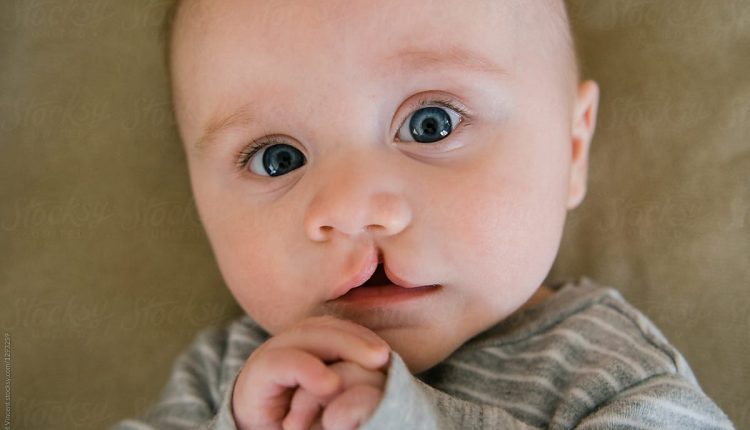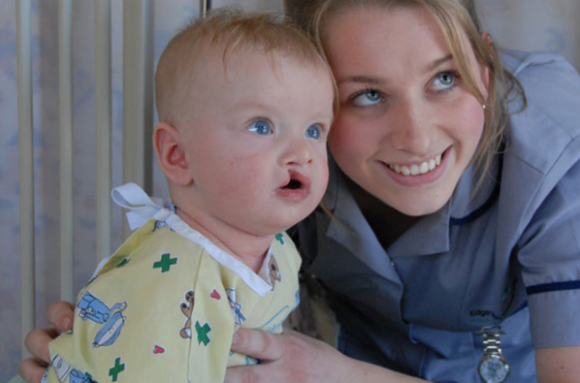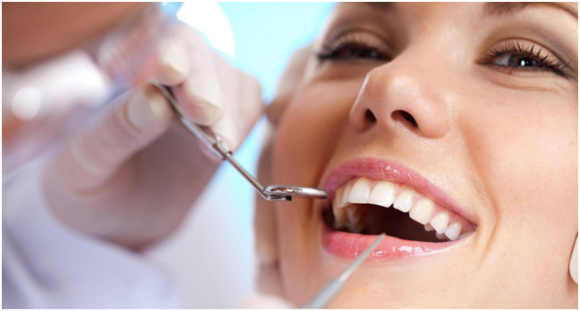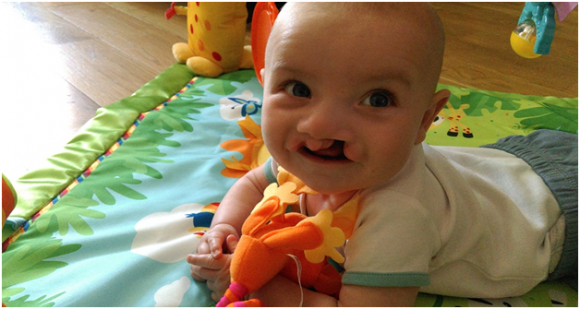
All about Cleft Lip and Palate: What You Should Expect and Know

When you are expecting a young one, you want the best for them as they grow up. However, life does not always turn out that way. They may end up going through various problems even with their health, and sometimes from the moment they are born.One of these conditions is having a cleft lip and palate. This is a malformation that affects the oral area and the face, and it happens in the early stages of pregnancy as the fetus grows inside the mother. It is due to lack of sufficient tissue in the lip or mouth area. Thetissue that is present fails to join together properly to seal the area.
The condition can develop on both sides or on one part of themouth because the palate and lip develop separately from each other. Cleft palates affect the hard palate (the bony part of the roof of the mouth) or the soft palate region (the soft back part of the roof of the mouth). In addition, the condition affects 1 in 700 children every year.
Who Has Higher Chances Of Getting a Cleft Lip?
This condition is the fourth most common congenital disability in the United States. It tends to affect more children of Native American, Latino or Asian descent.In addition, it affects more boys than girls. There are two times as many boys who suffer from the cleft lips as compared to girls.
Causes of Cleft Lips and Palates

You may be wondering what causes the condition, but the reasons are unclear for the most part. That also means you cannot prevent them, unfortunately. What medical researchers seem to agree on though is that various environmental and genetic factors will affect the prevalence of the condition. For instance, if a sibling, parent or a relative has suffered from the problem before, there is a higher chance your child will get it too.
A possible cause could be certain medications that a woman has taken during her pregnancy, as some drugs may lead to the occurrence of cleft palate and lip. The most common culprits are drugs that prevent seizures, manage acne(that contain Accutane andMethotrexate), and treat arthritis, psoriasis, and cancer.
When the baby is exposed to chemicals or viruses while still in the womb, it may lead to the condition. However, other causes may not be clear, and they may be possible causes.
Diagnosing the Condition

Since the condition leads to significant changes in terms of physical look, it is easier to diagnose than other conditions. In fact, it can be detected before the baby is born, as long as regular prenatal ultrasounds are done, as early as 20 weeks after pregnancy.
If the condition has not been detected in the child before the birth, a physical exam can be done on their palate, nose,and mouth after they are born. Sometimes they may also require diagnostic tests during this stage to determine whether they have other abnormalities in their physical health.
What Are Some Problems That Are Associated With The Condition?
Problems with Eating
When a child has a separation in their palate area, it is easy for liquids and food to pass from the mouth and enter the nasal cavity, making it an uncomfortable experience. The good news is there are special baby bottles that stop fluids from entering the nose and go down to the stomach.
For older children who suffer from thiscondition, they may need to use an artificial palate that helps them eat properly, making sure that they get sufficient nutritional needs, until they can receive surgery.
Hearing Loss or Ear Infections
Children who have this condition have increased chances of hearing loss or ear infections, because their middle ear is more prone to buildup of fluids. If left untreated, it can lead to hearing loss.
To stop or reduce the chances of hearing problems, use specialized tubes that reach the baby’s eardrums, and these will enable drainage of fluids from their ears. In addition, they need to go through hearing tests once every year.
Problems with Speech
Children with this health condition also have a problem with their speech, and you may notice their voice have a nasal quality.They cannot project their voices well. Plus, their speechis challenging to understand.
It is important to note that not all of them have this issue and surgery might fix the problem for some of them. As for many others, they may need to go through speech therapy to resolve the issue after they undergo surgery.
Dental Issues

Children with this condition are also prone to having more cavities than usual, or they tend to have deformed, missing, displaced, or extra teeth. This requires extra orthodontic and dental treatments. Children who have cleft palates are particularly susceptible to defects in the alveolar ridge – the alveolus is the upper gum region that holds your teeth.
A defect in this region means three things – your permanent teeth never grow, they are displaced or rotated, and the ridge fails to form. The good news is that oral surgery can correct this defect.
These children need care from a variety of medical specialists due to the complexity of the problems they go through. They usually require the services of a plastic surgeon, an ENT (Ear, Nose, Throat) specialist, an oral surgeon, dentists, speech therapists, prosthodontist (makes artificial teeth to enhance their appearance), and an orthodontist (straightens their teeth).
For those with cleft lip, they need two surgeries depending on the repairs from when they are three months, while for those with cleft palates, they need multiple surgeries within 18 years, starting from six months.
Final Thoughts
Cleft lip and palate might happen to your child or someone you know, but the good news is that medical advancements have made it possible to correct the defect and diagnose it early on.


